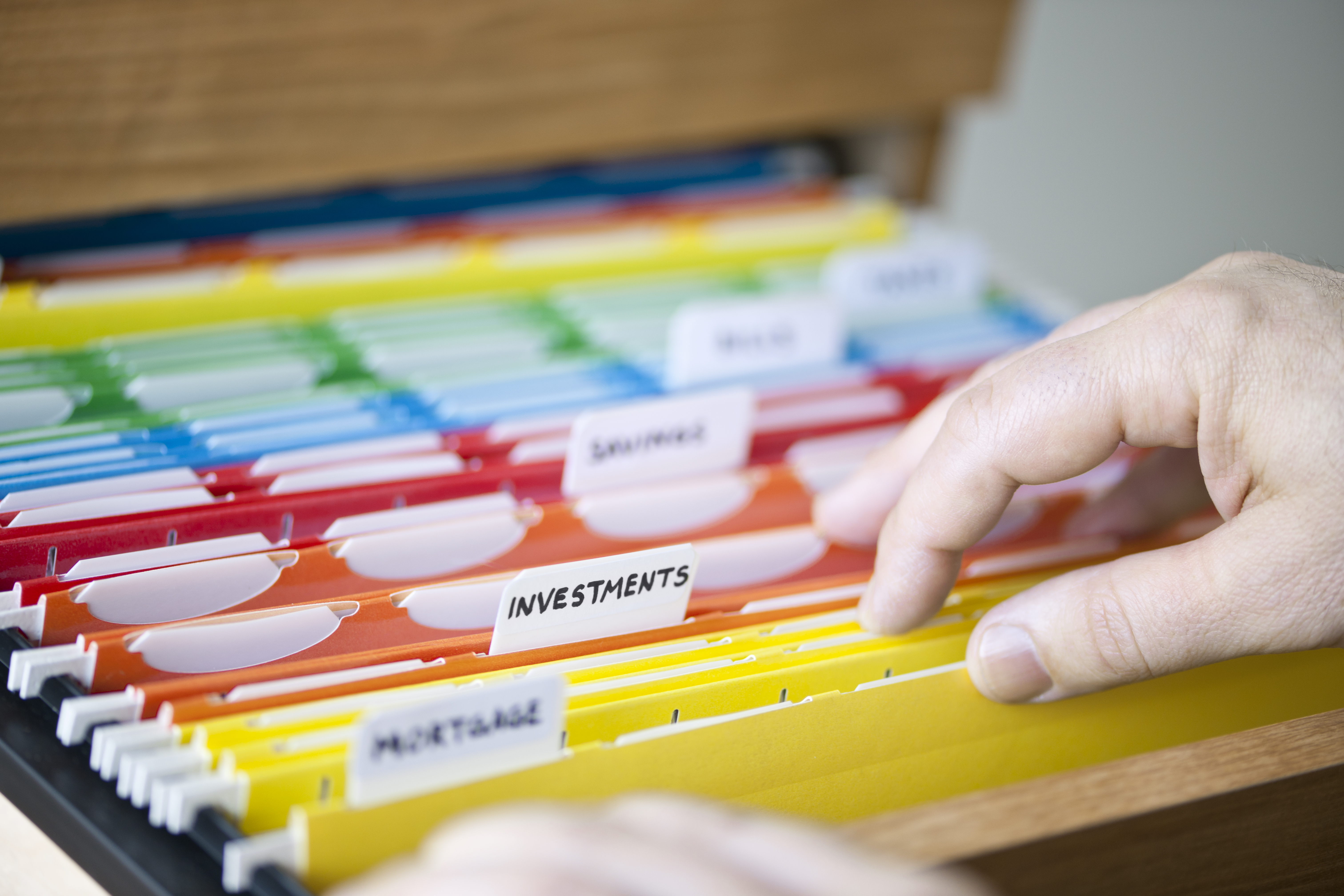
16 Jan The Three Ways We Go Wrong with Paper Organization
My life was forever changed 6 years ago when I attended (while interning for) Beth Penn of Bneato Bar’s Paperwork Bootcamp. Beth described it as a “workout for your paperwork” and boy was that spot on. She encouraged clients to bring in their mail, active files and/or the files in their cabinet to the class, because of the hands-on style of the workshop.
Already an organized person but not yet a professional organizer, I had pretty organized files. Or so I thought. I brought in a lot of what I had from one drawer of my two-drawer filing cabinet. By the time the workshop was over, I had committed to go paperless (and was in love with Beth’s Fujitsu ScanSnap) and wound up downsizing to a quarter of what I started off with. In fact, I was able to downsize my cabinet to a Sentry Safe lockable file box.
I learned so much in that bootcamp and in subsequent years as a professional organizer helping clients create filing systems and go paperless, that I wanted to share with you the three ways where we go wrong when it comes to paper organization.
Disclaimer:
This blog post is more geared towards those with less paperwork or those interested in going paperless. For those of you who love paper and want to keep every piece, your filing system will always be a bit more complicated, but you can still apply the solutions I list below to your systems. If anyone has questions – don’t hesitate to reach out via email.
#1 – We overcomplicate things
This is no surprise. We humans tend to over complicate nearly everything we come in contact with. Heck, many of us even select “it’s complicated” under our relationship status on social media (guilty). But one thing is for sure: we all need more simplicity in our lives. Let’s start with our filing cabinet.
Honestly, paper files shouldn’t be that complicated. The whole point of filing a piece of paper is being able to recall it at a later date when you need it. And usually when we need it we’re under pressure and need it – RIGHT NOW! The stress of needing to find that one paper causes us to forget what name we filed it under and we start to panic. It ends up taking way longer to find that paper, if we even find it at all. Anyone else visualizing one of those terrible infomercials where there just has to be a better way! Ok good, me too.
The solution:
Keep it simple sweetie! Have you heard of that acronym before? K.I.S.S. – keep it simple… well I prefer sweetie to the other term typically used.
I explain to clients that they should consider using umbrella (or more broad) categories for their files and typically we note those with a tab or specified color folder. Umbrella categories include:
- Home/Auto (sub-categories would be: repairs, utilities, services statements, manuals, etc.)
- Life Documents (medical, legal, insurance, social security, etc.)
- Finance (investments, credit cards, reports, banking info)
- Personal (work related, memorabilia, correspondence, awards/certificates, health/wellness/fitness)
- Taxes – usually the last category, but that depends on the individual.
Some people need more than five categories but most people can get by with just five.
Now, as I’ve mentioned many times before (broken record), organizing is not one size fits all. It’s custom tailored to each individual or family unit accessing that filing (or any organizational) system. The theory behind keeping it simple is that often times we can’t recall where we filed that one piece of paper: did I put it in insurance? claims? the kia folder? Or did I create a new file? I just can’t remember. There’s that infomercial again.
For example: Let’s say you have your homeowner’s/renter’s insurance, auto, umbrella and valuable personal property insurance all with the same company. You can file all statements in one file labeled “Insurance” or “Insert-Your-Insurance-Company-Here.” Now you have one file that has all the information you need. What you really need: the paperwork showing you signed up, and the current/active policy. You’ll also file any claims here if you have any. When the policy renews, you’ll file it in the file and remove the expired policy. If you’re one of those “just in case people” you can always scan the old policy and file it digitally so you have a record of it.
If your file only has 5-20 pages in it, it doesn’t need sub-categorization because it will only take you a few minutes to flip through those pages. But when the file becomes overly crammed, that’s when you may want to break it out into smaller, more specific subcategories. If your file requires 30+ pages, you may want to consider what papers you actually need to keep and which you can scan and keep electronically (provided you are ok with the paperless lifestyle).
This point brings us to the second place where we go wrong with our paper files:
#2 – We keep unnecessary papers
The majority of us are guilty of keeping way too many papers. We’ve been trained to do so, meaning it’s not really our fault. We’ve been terrorized with the “what ifs” and “just in case” scenarios that have keep us holding onto paper long after we need to.
Did you know that most paperwork that is filed way is never looked at again? One statistic I’ve heard in the industry is that as much as 80% of the paperwork that is filed awa7 is never looked at again. There are certain types of papers that you will always need in paper format, but many others can be scanned and kept digitally. Where we go wrong is not reviewing the files once we’ve created the, unless we need something from it.
The solution:
I recommend reviewing your folders once a year, or when they become so packed that you can’t fit one more sheet in the file. The file folder acts as a container and lets you know the max amount that should be in there. Once it’s full, you take it out, review it, and decide what you need to keep – in paper form or scanned digitally – and what can be shredded/recycled.
Your digital organization system should mimic your newly simplified paper filing system – but this is a whole other blog post.
And finally…
#3 – We have super boring files that often appear cluttered
I mean no disrespect to our military and all the incredible sacrifices they’ve made on our behalf for our freedom (I have several family members who have served), but the army green and manila file folders are the absolute worst. Blah! So boring and uninspired. Was the point for our files to blend into the background, specifically to be forgotten? Mission accomplished.
Most of us are visual people. It’s been shown that certain colors can excite the mind while others can calm or soothe it. Maybe one of the reasons no one likes their paper filing system is because it’s so darn ugly! Ok, I guess we can’t blame that entirely – most people don’t like managing paperwork because it’s tedious and “no fun” but I always try to show my clients how paperwork can be fun and exciting. One of the ways I do this, especially with my visual or ADD clients, is to bring in color files.
We live in a colorful world – let’s not exclude our paper files from it. Typically my clients choose the rainbow option from either Staples. I also love these expanding versions for those bulky categories like taxes, medical history, family history, or correspondence) or Smead, in either legal or letter size. And Smead now has a “vibrant” line for those who really want to brighten their files. Other clients like the options from The Container Store (aka TCS), which range from patterns to more muted colors, to vibrant colors (but these change each season). And some clients opt for the more muted jewel tones. But all my clients have admitted to how much more they love their files when they are “pretty” to look at. Trust me – this works. It may feel frivolous but it’s worth the minor investment.
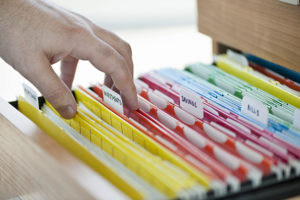
Now I tend to use letter size based on my lockable file box, and I also use the rainbow hanging files from Staples for my archive files (the few I have).
- Finance = Green
- Personal = Purple
- Home/Auto = Yellow
- Life Docs = Blue
- Taxes = Red
I use some adorable polka dot interior file folders from TCS that sit in a basket as my active files. So it’s a mix. I recommend to clients – and this is something I learned at the Bneato Bootcamp – that they use only the hanging files and no interior file folders. This actually helps to keep things looking more streamlined and organized. Instead, I recommend a nice heavyweight sheet protector to distinguish sub-categories (if you need them) within your hanging file folder (options from Staples). I personally like/use the Project Files ones from TCS but they don’t hold as many pages as the Staples or Avery brands). The reason this looks more streamlined and organized is because now you don’t have the tabs of the interior file folders sticking up and making things look messy.
The other key to maintaining a beautiful paper filing system is order. We learned somewhere along the way (or were trained by the people who make those folders) to alternate the tabs on our filing system. When you have alphabetized files, and you need to add in a new one, you either mess up the system or have to move the tabs (if they are on the hanging files). What a pain!
The solution:
If you place the tabs all in a straight line, not only will it look more pleasing to the eye but it will also allow you to easily add in new files and search your folders if you’ve filed them alphabetically (which I often recommend). This is another reason why I do not use the interior file folders.
So as you can see, these are three ways where we go wrong with our paper file organization, and the solutions are all pretty easy to execute. I implement these solutions with clients all the time and have been told that the clients now actually enjoy going to retrieve papers from the files (or add to them). They are happy with the ease and convenience of a system that works for them.
I’d love to hear your feedback on any of these solutions that you’ve implemented. Please leave in the comments below or reach out by email.
Happy filing!
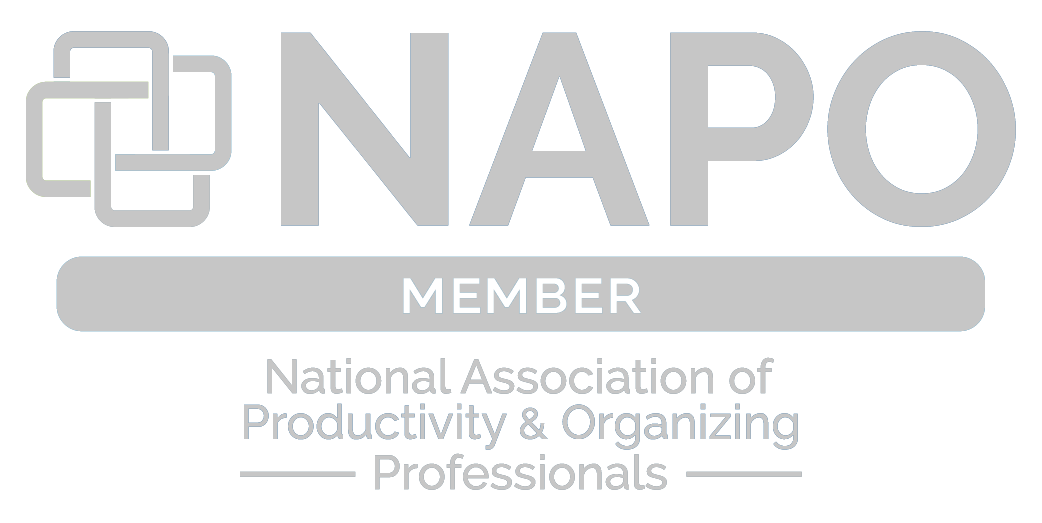
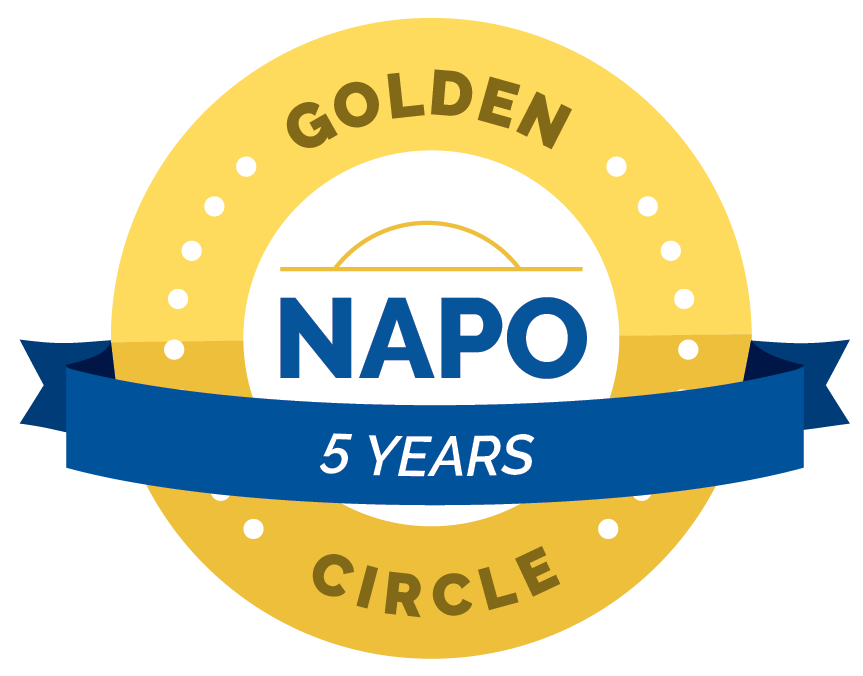
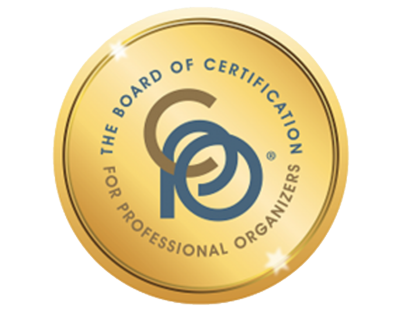

Russell Wilcox
Posted at 01:48h, 06 AugustHelpful article and I use paper tiger too since maybe 2005 or so; on cloud now as you know.